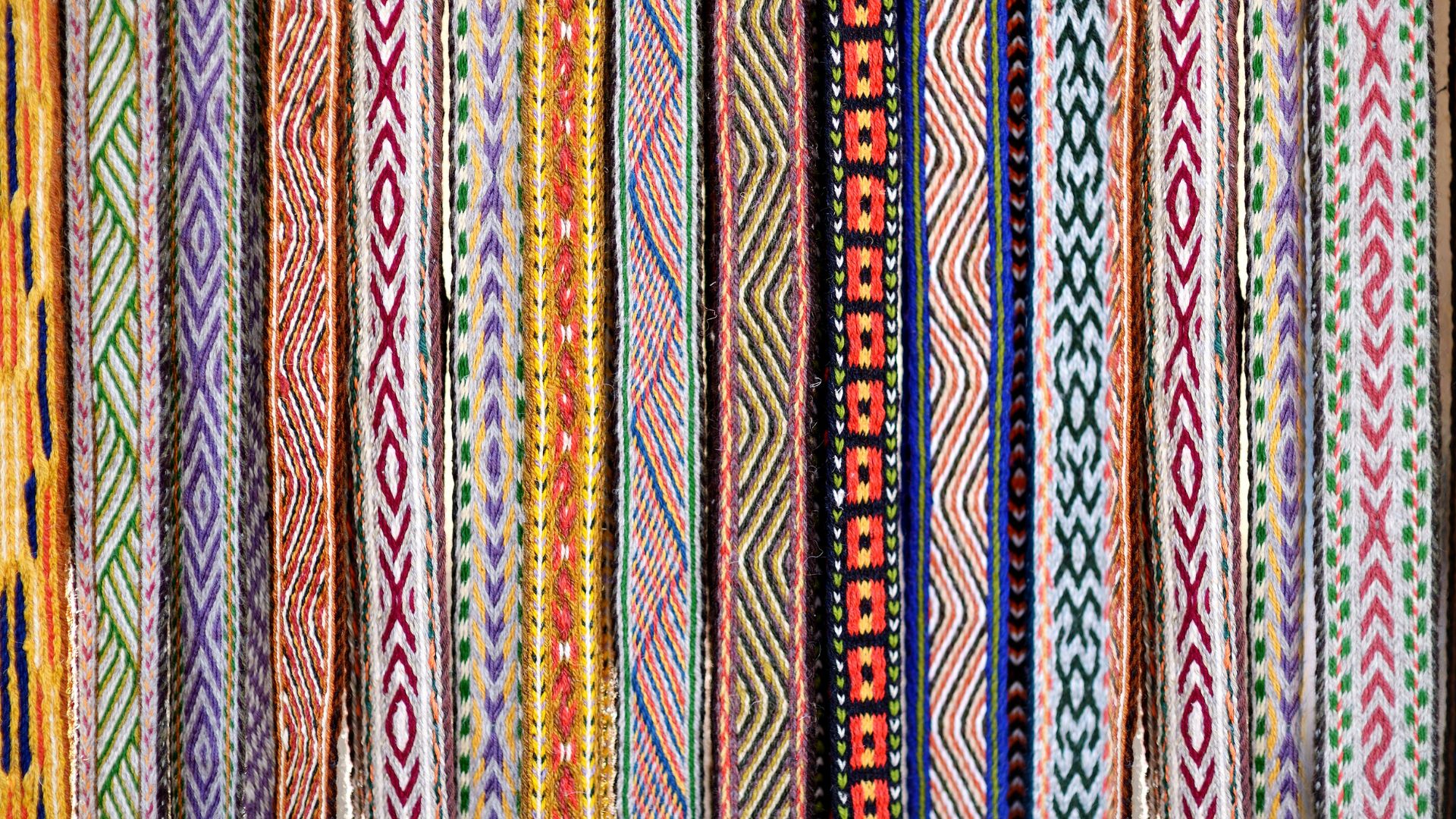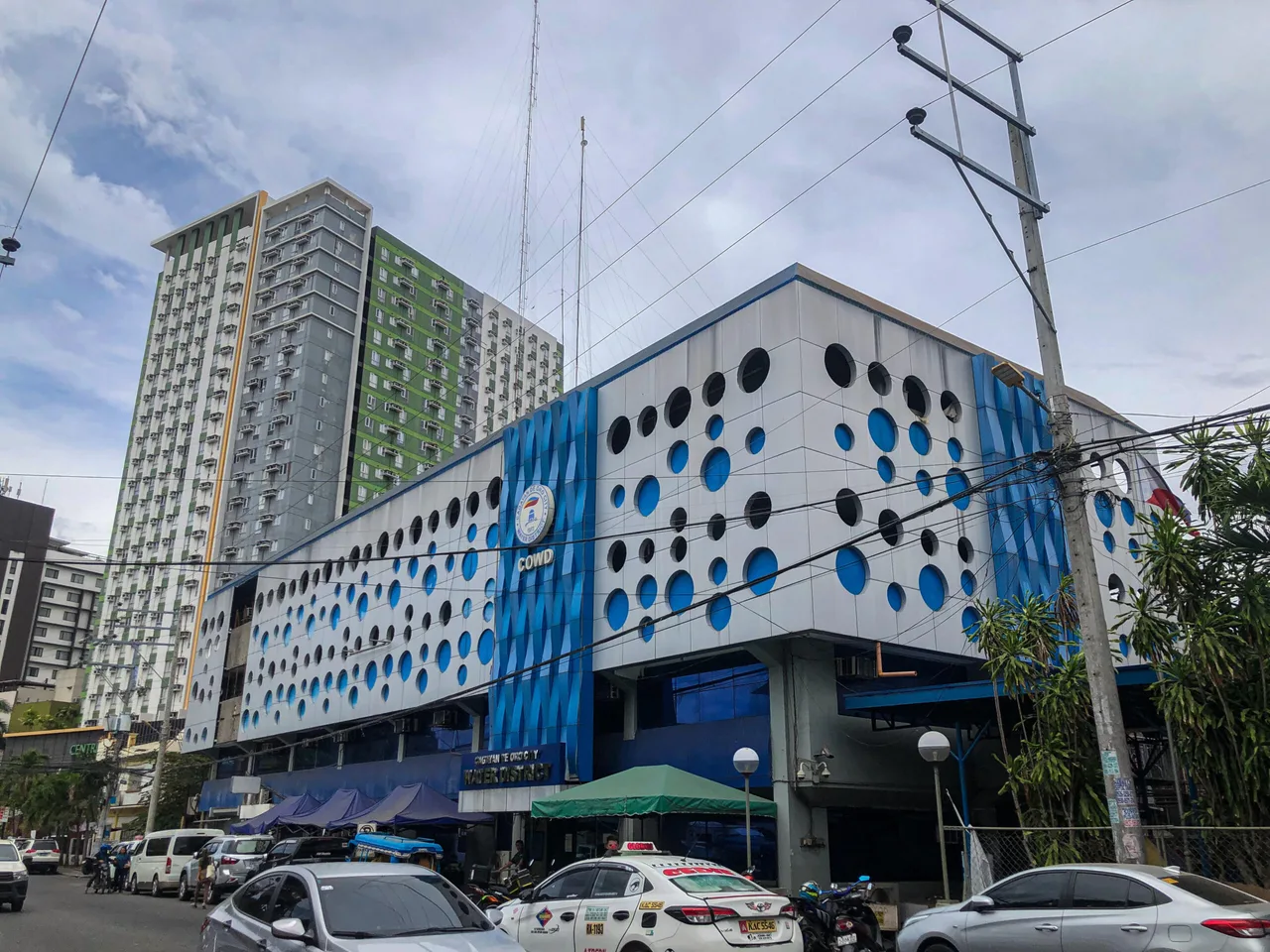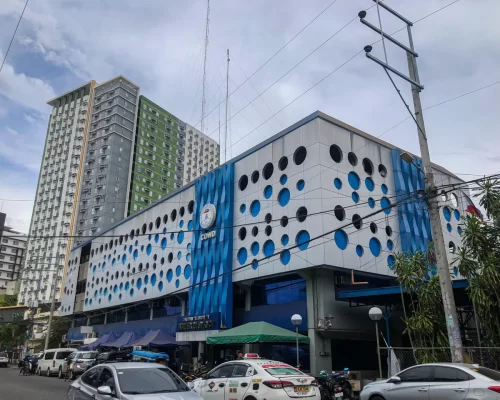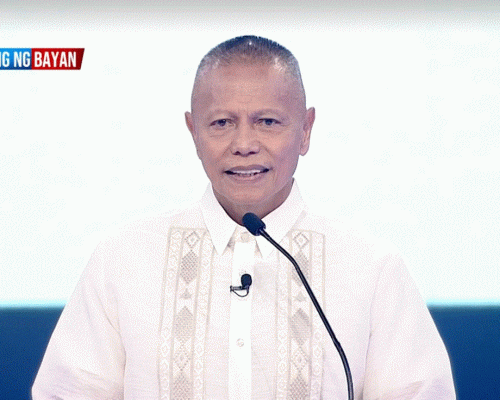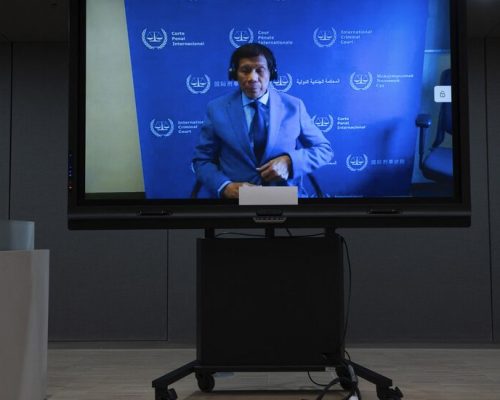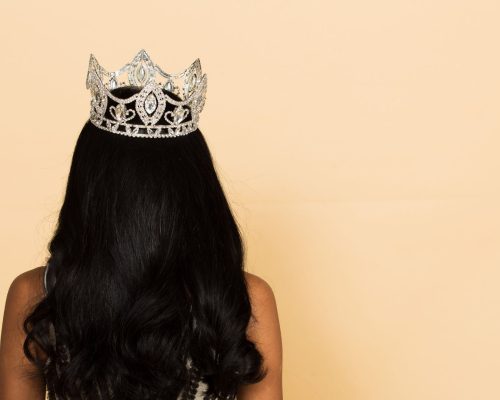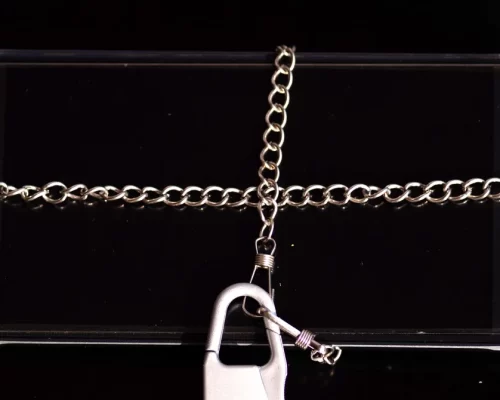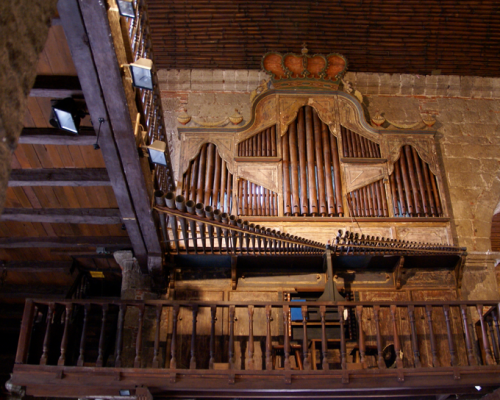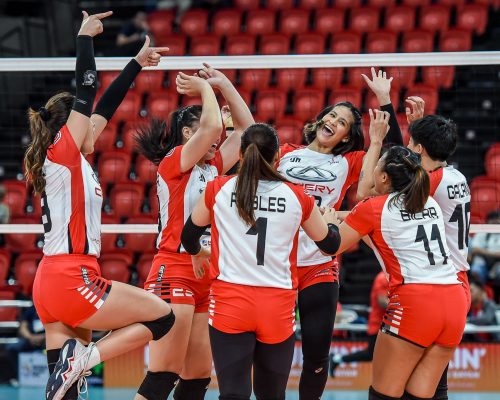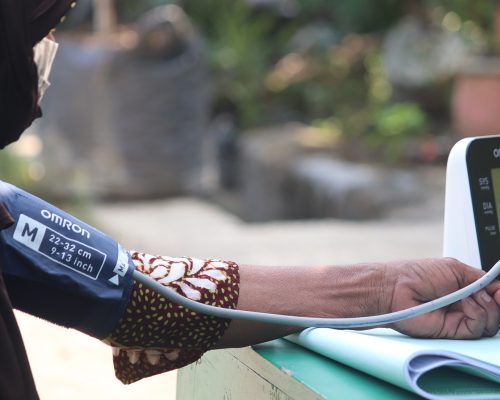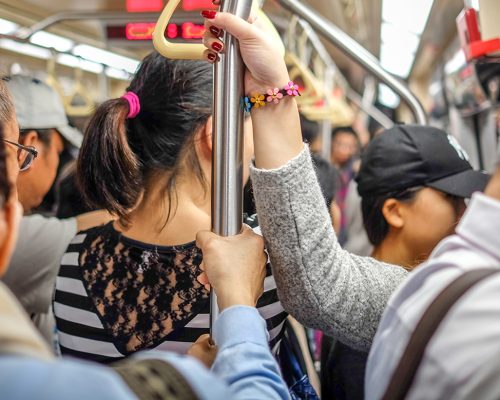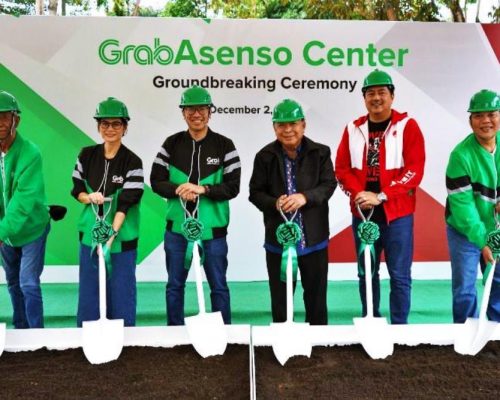In recent years, there has been a significant resurgence of interest in traditional Filipino weaving, a cultural heritage that dates back centuries. From the northern provinces of Abra and Ilocos to the southern regions of Mindanao, indigenous weaving techniques are being celebrated and preserved, thanks in large part to the efforts of local artisans and cultural advocates.
A Tapestry of History
The art of weaving in the Philippines is a rich tapestry of history, with each region boasting unique patterns, materials, and methods. The Ifugao people of the Cordilleras, for instance, are known for their intricate ikat weaves, which involve tying and dyeing threads before weaving them into elaborate patterns. Meanwhile, the T’boli tribe of South Cotabato creates the famous T’nalak fabric, a sacred cloth made from abaca fibers, dyed using natural pigments.
Modern Efforts to Preserve Tradition
Organizations such as the National Commission for Culture and the Arts (NCCA) and various non-profits have been instrumental in promoting traditional weaving. Workshops and training programs have been established to teach younger generations these ancient skills, ensuring that they are not lost to time. Additionally, collaborations with contemporary designers have brought traditional weaves into modern fashion, making them accessible to a broader audience.
The Economic Impact
The revival of traditional weaving is not just about cultural preservation; it also has significant economic implications. By promoting and marketing handwoven products, communities can create sustainable livelihoods for artisans. This economic empowerment helps in reducing poverty and encourages the younger generation to value and continue their ancestral crafts.
A Global Stage
Filipino weaves have also gained international recognition, with local designers showcasing their creations on global runways. This exposure has opened up new markets and opportunities for Philippine textiles, making traditional weaving a symbol of national pride on the world stage.

